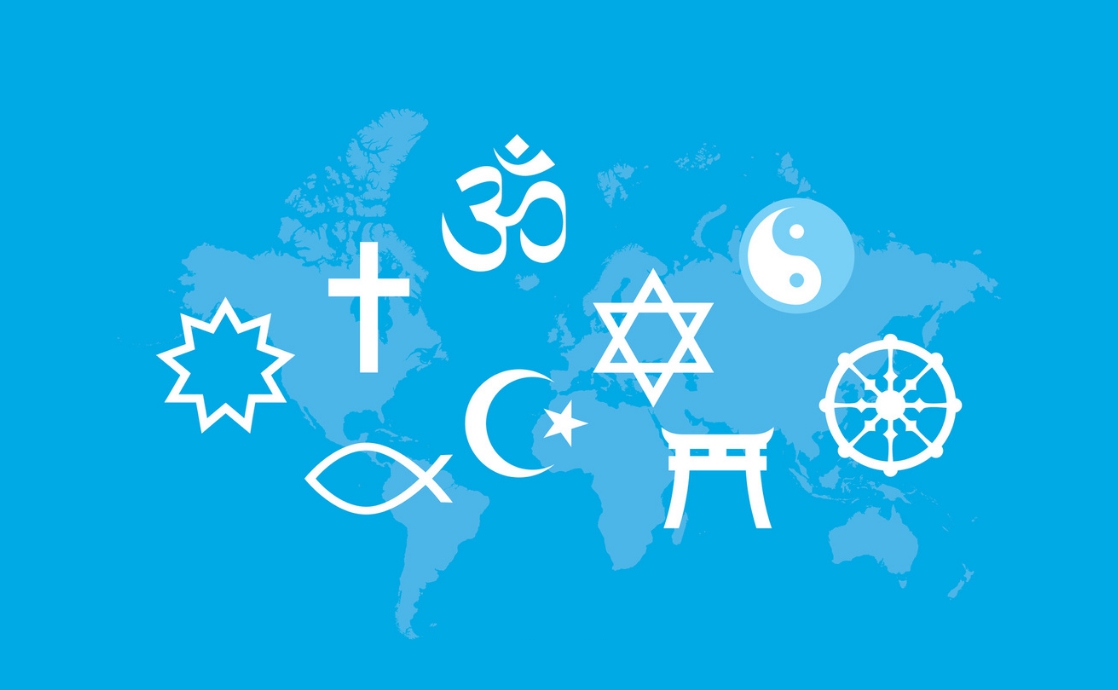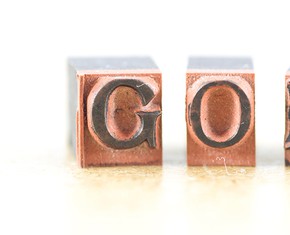The views expressed in our content reflect individual perspectives and do not represent the authoritative views of the Baha'i Faith.
Typically, we’ve viewed religion as consisting of multiple, separate, independent wisdom traditions. Now, we can re-vision religion as one evolving knowledge system with many branches.
A long-standing paradox in the comparative study of religions has been: How could there be one Creator and so many different Faiths? This does not seem to be an issue, however, for the founders of those religions. The messengers of the one Creator have all accepted the prophets before them, and have acknowledged that there would be others to follow.
RELATED: Why Do Religions Think They’re the Final Religion?
The Predecessors and the Progeny of the Prophets
Krishna, a principal founder of Hinduism, expressed the continuing nature of divine revelation in the Bhagavad Gita this way: “Whenever dharma declines and the purpose of life is forgotten, I manifest myself on earth. I am born in every age to protect the good, to destroy evil, and to reestablish dharma.” The Hebrew scriptures, in Isaiah 62, say, “And thou shalt be called by a new name, which the mouth of the Lord shall name.”
Buddha taught, reports Paul Carus in The Gospel of Buddha, that Brahman is continually manifested in the world:
I am not the first Buddha who came upon earth, nor shall I be the last. In due time another Buddha will arise in the world, a Holy One, a supremely enlightened One … He will reveal to you the same eternal truths … such as I now proclaim.
Christ, as recorded in John 16, also took an eternal perspective on the progressive nature of revelation:
I have many things to tell you, but ye cannot bear them now … when the Spirit of truth is come, he will guide you into all truth … and he will show you things to come.
In the Qur’an Muhammad, as well, looked ahead to the “day unto which mankind shall be gathered together” as “a time appointed,” adding, “To each age its Book.”
The Baha’i teachings quantify this understanding of the ongoing, essential relationship between the Creator and humanity in this way:
Among the bounties of God is revelation … [which] is progressive and continuous. It never ceases. It is necessary that the reality of Divinity with all its perfections and attributes should become resplendent in the human world. The reality of Divinity is like an endless ocean. Revelation may be likened to the rain. Can you imagine the cessation of rain?
When the paradox of many religions and one Creator is seen holistically, we no longer need to see the world’s religions as separate from each other; rather, they can be seen as one knowledge system joined in the purpose of deciphering the Sacred. The story of the prophets periodically renewing a divided world through interconnected revelations is the story of the Creator sending a never-ending message to humanity, chapter by chapter.
Recognizing Religion As One
Re-visioning religion for our time would mean recognizing religion as one, just as we now see science as one, though both science and religion have their many branches. Rather than religions having popped up here and there, now and then, at the deepest level religion is religion, as science is science.
Religion has taught us how to love on greater and greater scales over time. The Baha’i writings say: “The purpose of the successive revelations of God is the awakening of humankind to its capacities and responsibilities as the trustee of creation.”
Just as a child develops into an adult, humanity as a whole, over the course of its long evolution, gradually realizes its inherent capacities for advancing civilization toward the betterment of all through the evolving spiritual, moral, and ethical teachings of the various spiritual traditions.
Referring to his own revelation and all those preceding and following, Baha’u’llah said: “This is the changeless faith of God, eternal in the past, eternal in the future.” This concept of the evolution of religion is also eloquently, yet mysteriously, expressed in the Gospel of John:
In the beginning was the Word … and the Word was God … There was a man sent from God … He was not that Light, but was sent to bear witness of that Light. He was in the world, and the world was made by him.
The changeless faith of God evolves like a book unfolding from one chapter to the next. A new chapter begins in the story of religion each time a new Divine messenger appears. A community of believers forms around this renewed source of spiritual life, consciousness is shifted, and all aspects of individual and social life move forward. The arts and sciences are revivified, the legal system and social affairs are restructured, and a new civilization emerges and begins to transform the efforts and capacities of human beings in all regions.
RELATED: No Religion is the Last Religion
Moving through Humanity’s Adolescence
Though we still see signs of characteristic teenage turmoil evident all around us, humanity is inevitably moving through its collective adolescence into an era of higher-ordered thinking, based on new realities and necessities. If we look closely and observe carefully, we can see all the parts coming together to re-construct a new whole. In this spirit of interconnectedness, and in service to the betterment of humanity, a growing network of worldwide interfaith and inter-spiritual groups, along with a vast array of social movements, have put into action the much-needed unifying principles of our time, all helping us to reclaim our consciousness of humanity’s oneness.
In a 2002 statement to the world’s religious leaders, the Universal House of Justice, the democratically-elected international governing body of the global Baha’i community, wrote:
The enduring legacy of the twentieth century is that it compelled the peoples of the world to begin seeing themselves as the members of a single human race, and the earth as it’s common homeland … It is evident that growing numbers of people are coming to realize that the truth underlying all religions is in essence one. This recognition arises not through a resolution of theological disputes, but as an intuitive awareness born from the ever-widening experience of others and from a dawning acceptance of the oneness of the human family itself.
The final essay in this series will explore this increasing unification of the human family as a sign of our collective coming of age, of achieving our collective maturity.
Adapted from Robert Atkinson’s The Story of Our Time: From Duality to Interconnectedness to Oneness, Sacred Stories Publishing: https://amzn.to/3jK8lHJ
















Comments
Sign in or create an account
Continue with Googleor